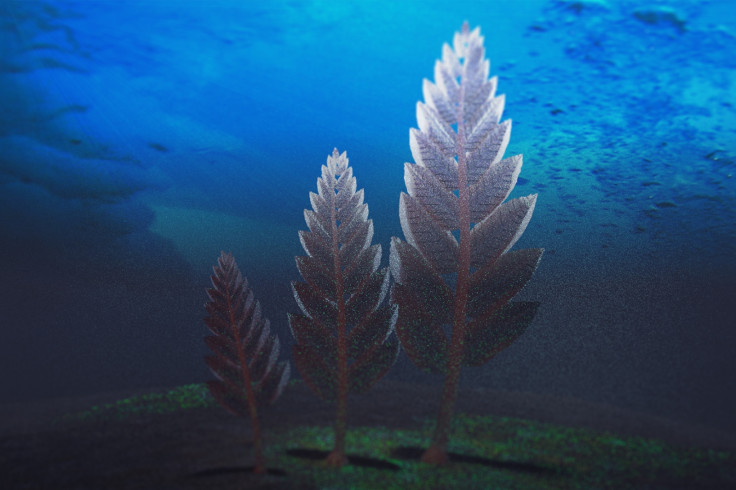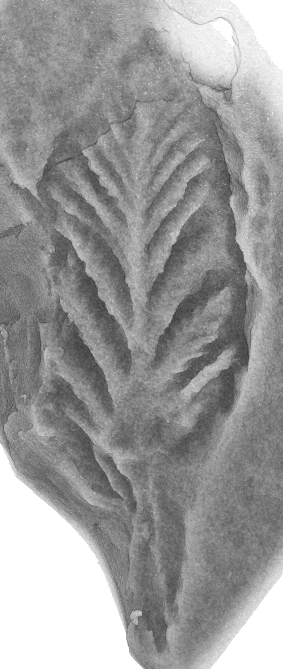The first giants on Earth were mysterious shape-shifters called 'rangeomorphs '
Rangeomorphs colonised many of the world's oceans, from the UK to Australia.

More than half a billion years ago, giants appeared in our planet's oceans. These organisms were capable of shifting their shapes to make best use of nutrients, a new study finds.
Life had been on a miniscule scale until 571 million years ago, when the rangeomorphs appeared. These organisms – thought to be animals, although scientists can't say for sure – could grow from anything from 2cm to 2m tall.
Such a sudden appearance of large organisms in the fossil record is unusual. Biologists have questioned whether they were missing a lot of specimens of an intermediate size, or whether these giants really did appear so quickly.
A study in Nature Ecology and Evolution now finds that not only were rangeomorphs capable of becoming giants very abruptly, but they were also able to change their body plan throughout their lifetimes.

"We might have expected, based on traditional Darwinian evolution, to see a gradual size increase," study author Jennifer Hoyal Cuthill of the University of Cambridge and Tokyo Tech's Earth-Life Science Institute told IBTimes UK. "But our study suggests this sudden apparent large size and changes in shape could really represent a rapid change."
Computer simulations of environmental factors such as water currents and nutrient availability suggested that rangeomorphs could have been responding to changes in their environment throughout their lifespan.
The organisms could become longer and thinner to stretch up towards hard-to-reach nutrient flows, for example. Growth in the lower parts of the organism declined while the upper parts became long and thin to stretch upwards.
"That's the shape we do see in the earlier forms of rangeomorph. That's interesting because it's shape-shifting during its lifetime. We think that was quite extensive for these organisms," Hoyal Cuthill said.
This shape-shifting behaviour also poses new puzzles for biologists. As many fossil rangeomorphs have vastly different sizes and shapes, figuring out which were of the same species and which were different becomes a very hard task.
Exactly what was going on in the oceans to lead to these changes is now starting to emerge. For example, in Newfoundland in Canada, where some of the earliest rangeomorphs are found, there was a large boost in oxygen levels just as the creatures began to grow very large.
Discoveries such as these were one of the main motivations for doing the study, Hoyal Cuthill said.
"Is this a coincidence, or is it cause and effect? What would the mechanism be if it was a causation? Shape-shifting – or 'ecophenotypic growth' – could provide a mechanism."
Looking globally the picture becomes more complex, she said, as oxygen levels may have varied a lot regionally. Rangeomorphs may have had very different appearances across the sites where they lived, which covered much of the world from the UK to Australia.
Although these giants of the ocean conquered much of the world, they were not unstoppable. As the Cambrian Explosion – a period of extraordinary diversity of life – took hold about 541 million years ago, the rangeomorphs began to decline and eventually went extinct.
© Copyright IBTimes 2025. All rights reserved.






















